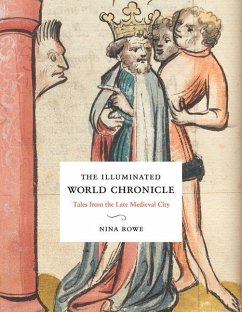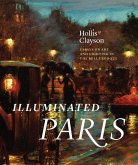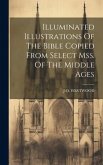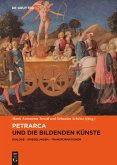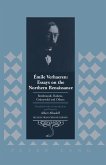"Fourteenth century Europe was an era of the expansion of city life, with the blossoming of urban industries, the bolstering of municipal governments, and new opportunities for dynamic exchanges among bustling communities of locals and visiting traders. The burghers who spearheaded such developments were discerning consumers of novel artistic and literary forms. One particularly popular new genre aimed at amusing and inspiring this newly assertive urban class was the illuminated World Chronicle, or Weltchroniken. These handmade books, produced in Bavaria and Austria in the late Middle Ages, compiled biblical stories, ancient myths, political stories from the past, and historical legends in a rhyming vernacular narrative. The stories were adorned with dynamic and richly varied cycles of illustrations that made characters and events from the past tangible and relevant to the medieval present and introduced iconographies and modes of conceptualizing history that might startle modern eyes - Cain, for instance, is depicted as a fashionable dandy of the fifteenth century and celebrated in the text as a founder of cities despite his wrongdoings. The children of Adam and Eve come off as entrepreneurs of city industry, while the story of Moses references Christian-Jewish contacts and European conceptions of Africans, and the story of the Judgement of Paris plays out as a prelude to a jousting tournament. Because they were typically read by members of the lower nobility and high-ranking burghers, the World Chronicles offer insight into the interests of people removed from elite social circles; this less-established audience also allowed artists to innovate and experiment with styles and media. Nina Rowe focuses on a remarkable cluster of twenty-four illuminated World Chronicles that were produced circa 1330-1430 in the Bavarian and Austrian region, where the genre enjoyed the greatest popularity. In seven elegantly-written and beautifully illustrated chapters, Rowe takes a cross-disciplinary approach, considering textual, pictorial, and material evidence in relation to social history to examine the relationship between illuminated World Chronicles and the tastes and preoccupations of urban audiences in an era of growing city life. As she incisively shows, the often spontaneous, playful, or cynical nature of these books complicates traditional conceptions of the long fourteenth century in Europe as a calamitous epoch or an age preoccupied with Christian piety. Through discussion of religious dissent and Christian European conceptions of an interactions with Jews and Africans, Rowe further complicates the standard narratives of the European Middles Ages as homogenously white, Christian, and spiritually obedient. By exploring little known art historical and literary evidence that reveals experiences that could be optimistic or ambitious and separate from the dictates of the church, The Illuminated World Chronicle enriches the story of medieval German art by bringing attention to artworks and attitudes long sidelined in scholarship"--

